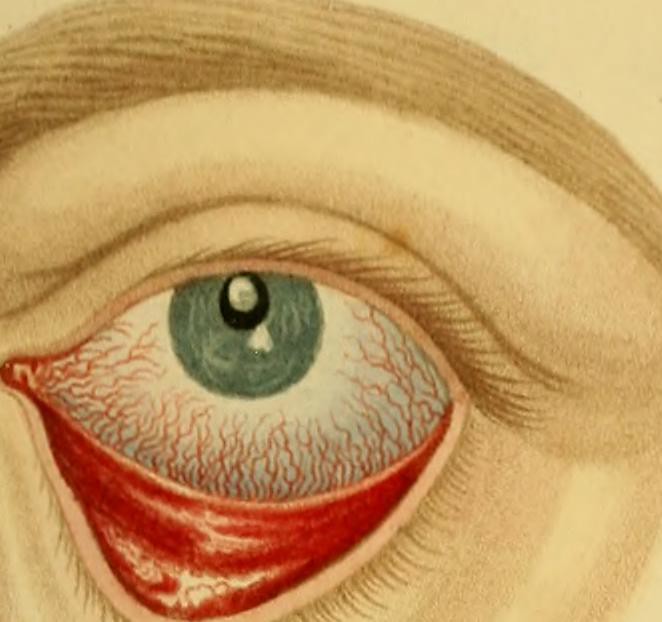The term cataracts refer to a clouding of the eye's lens that is located behind the iris and pupil. This particular lens operates by focusing light on to the retina, much in the same way as a camera lens. The lens affected by cataracts is also involved in the eye's focus.
This lens consists of protein and water. This protein is precisely arranged for optimum functioning. However, during the natural aging process, these proteins can become clumped together and cause the eye to a cloud. This cloud is what is known as a cataract and will most likely get larger as time progresses if left untreated. Your eye doctor will probably want to wait until the cataract interferes with your eyesight before opting to remove it.
There are three different types of cataracts you should know about:
Cortical Cataracts: This type of cataract is formed in the cortex of the lens. Over time, a cortical cataract will extend from the outside of the lens to the center. This type of cataract is common to diabetes sufferers.
Nuclear Cataracts: Nuclear cataracts are the most common type of cataracts. Forming in the center of the lens, this type of cataract is caused by the normal aging process. When this cataract first forms, you may even experience improved vision. However, this effect will not last long.
Subcapsular Cataracts: This kind of cataract starts at the back of the lens. If you take steroids, have diabetes, or suffer from farsightedness, you may be susceptible to subcapsular cataracts.
Fortunately, all three types of cataracts can be removed with eye surgery. Today's surgeons implement the use of lasers and other innovative technology to remove a patient's cataracts with a minimum of risk or discomfort. Some cataract surgeries will involve removing the clouded lens and replacing it with a clear plastic lens called an intraocular lens.
While cataract removal surgery is relatively safe, you may experience a few side effects such as swelling, bleeding or discomfort. Your eye doctor will advise you on the steps to take during recovery to aid proper healing.
Nutritionists are currently studying the role diet plays in the prevention of cataracts. Research has shown a favorable link between antioxidants and the prevention of cataracts. Antioxidants are vitamins such as Vitamin A, Vitamin C and Vitamin E that work to fight harmful free radicals in the body.

